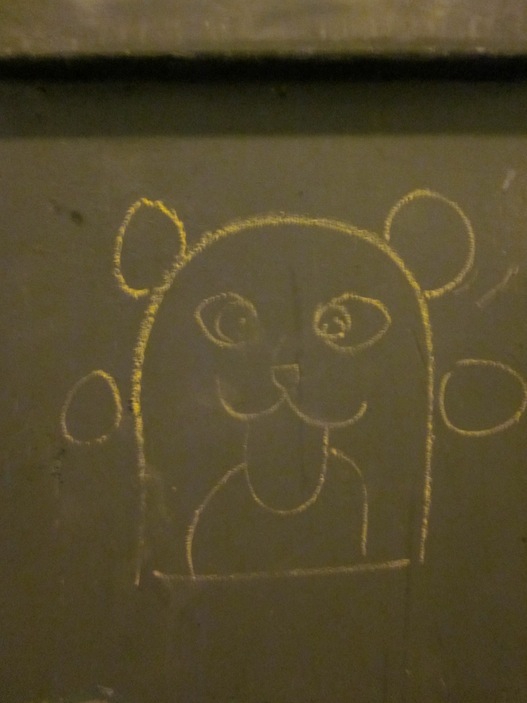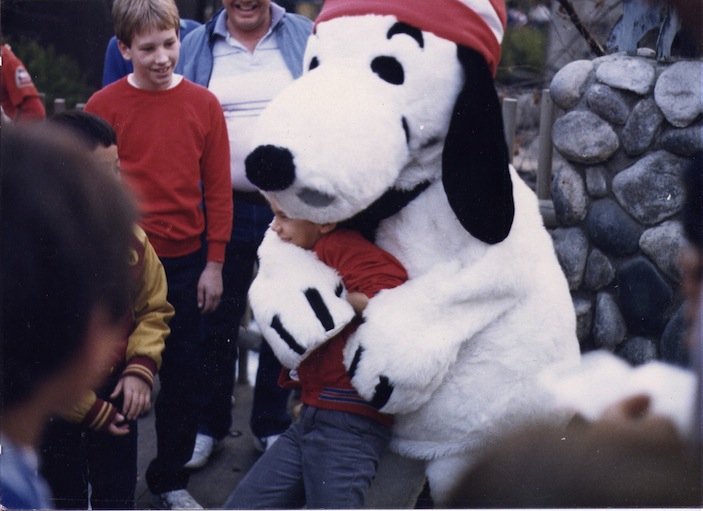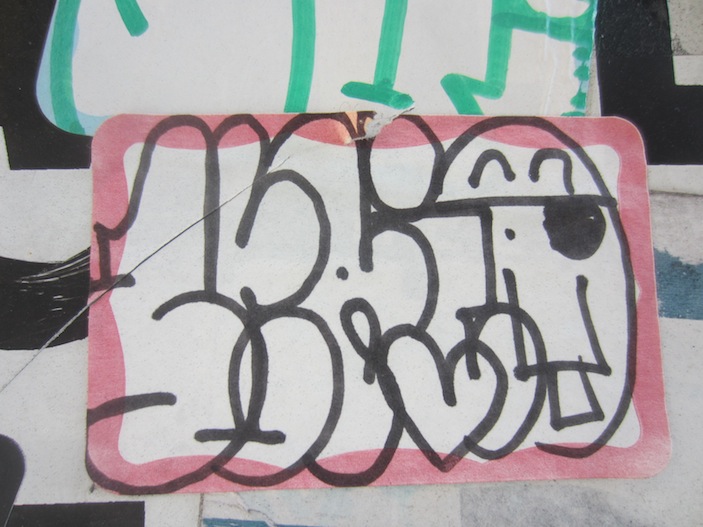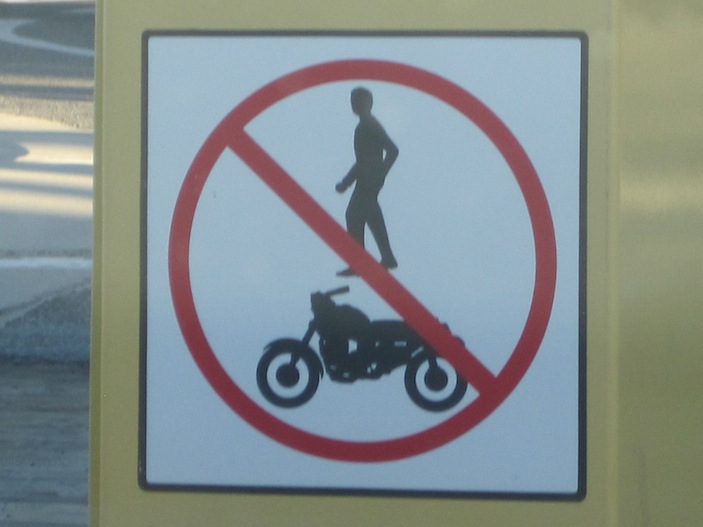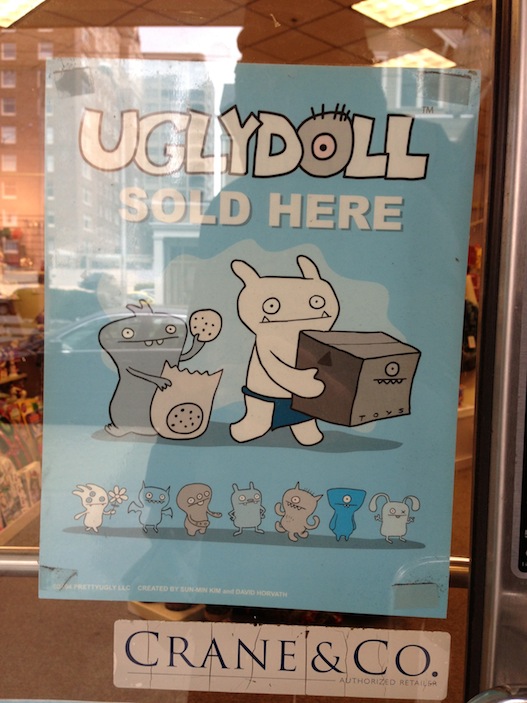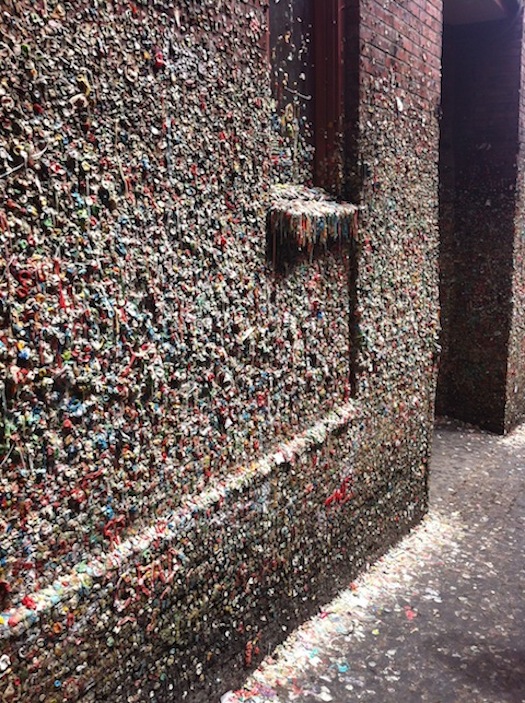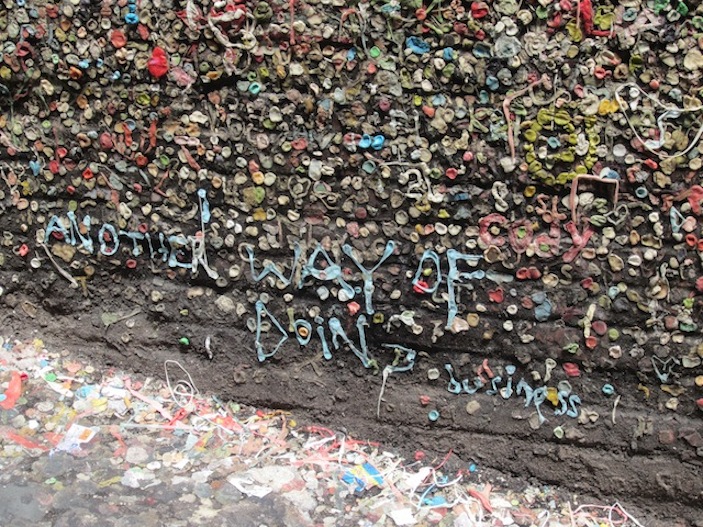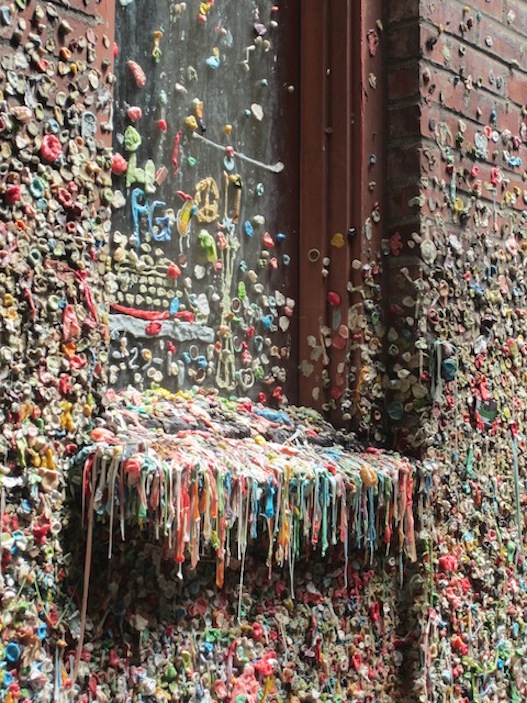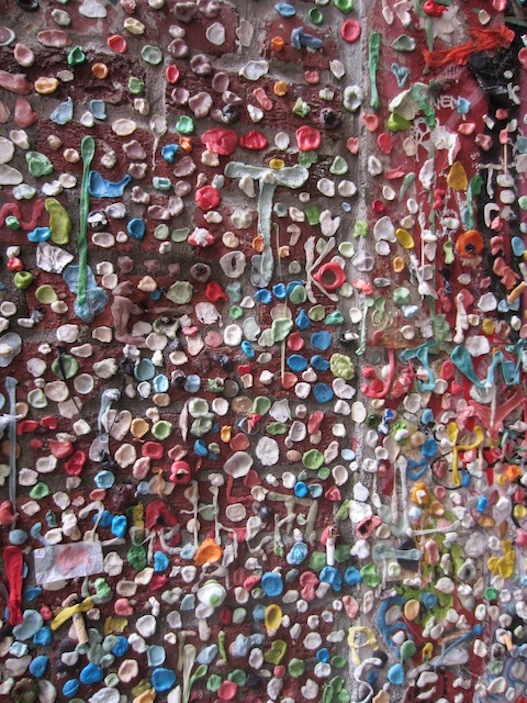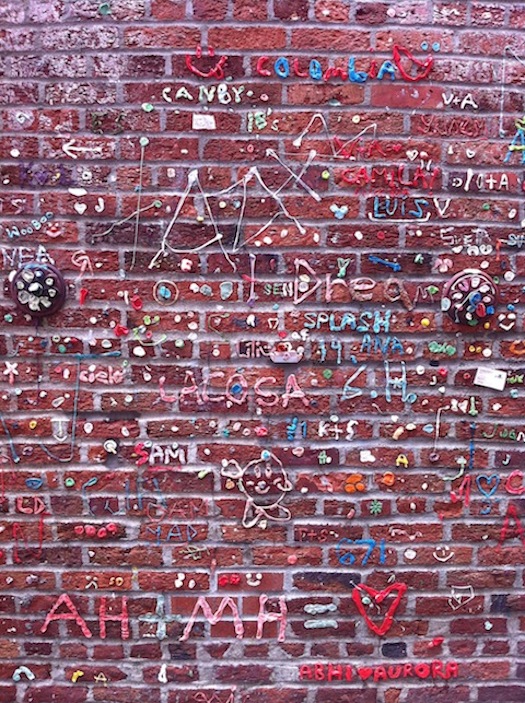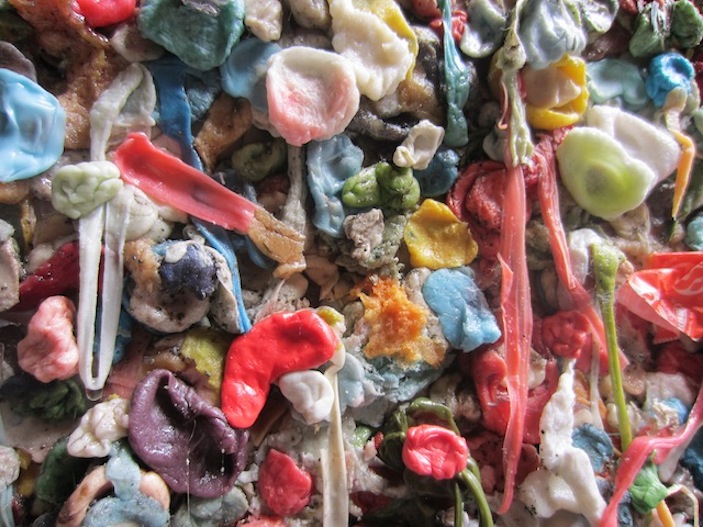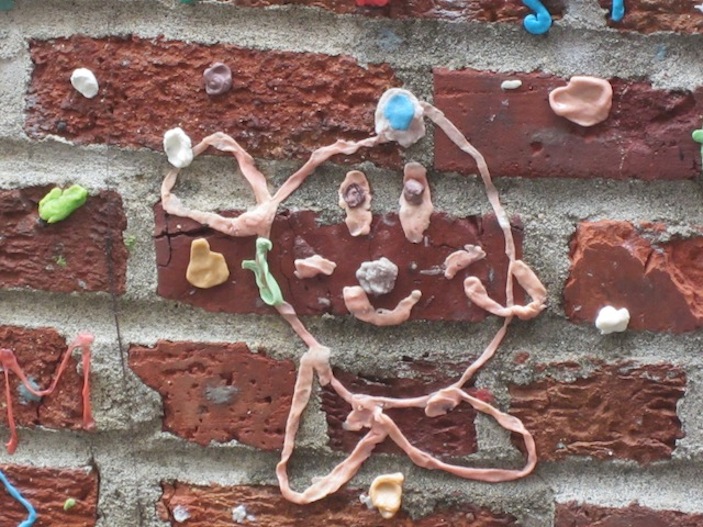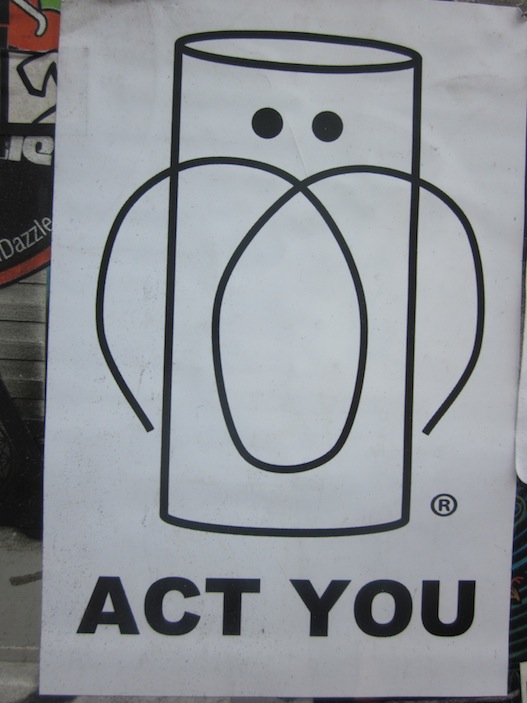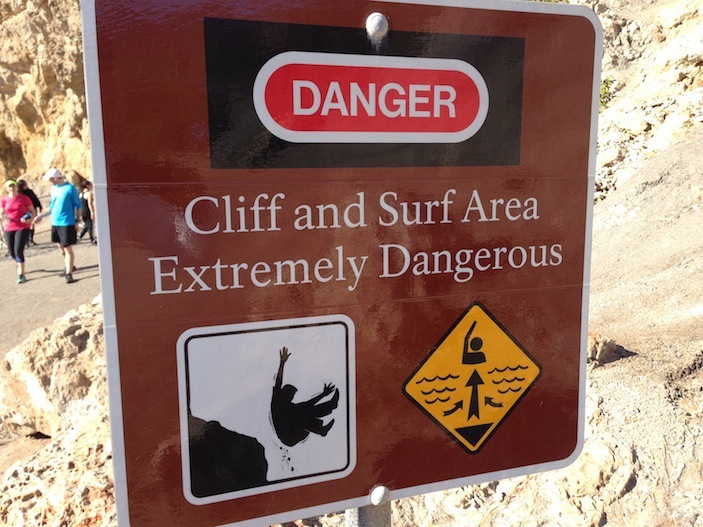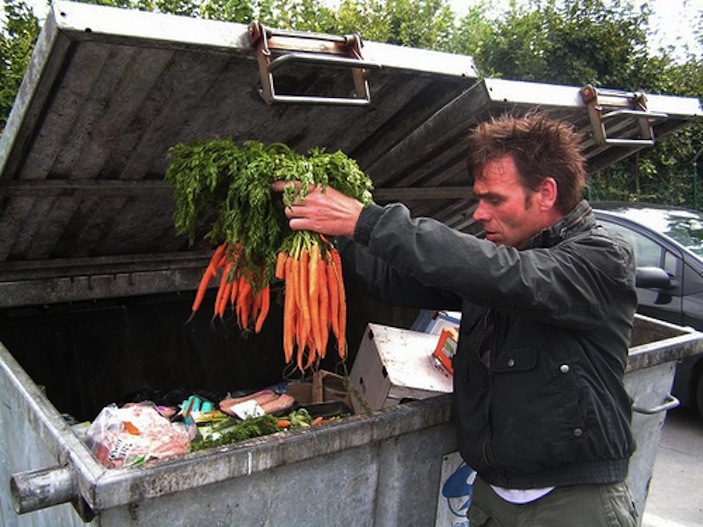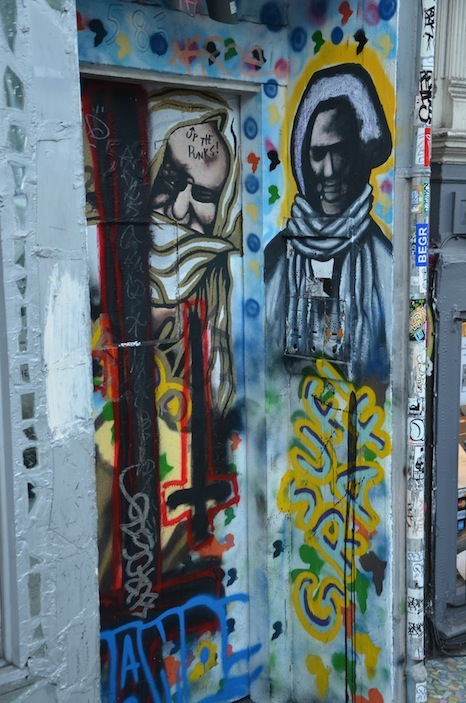MyID: 26 December 1986 into San Francisco International
My ID: 26 December 1986 into San Francisco International
United Airlines (flight number unknown)
My Initial Descent into the West Coast came on a post-Christmas family vacation at the tender age of 7. We flew to San Francisco—my first long plane ride—and my first several hours on the West Coast were spent trying to make my ears un-pop from the airplane. I tried holding my breath, sneezing, chewing gum…nothing seemed to work.
Within a few hours, I had seen my first palm tree and my first sunset over a body of water. A few days later, we drove down the coast, and it was really the most beautiful site I had ever seen. Well, the train track that hugged the Pacific coastline, anyway. See, at that time I was fascinated by trains, planes, and little else. My only other recollection of that trip was that I apparently, according to the family albums, got in trouble in Knott’s Berry Farm for kicking Snoopy in the ass.
As far as cultural differences, well, it’s difficult to really evaluate that when you’re 7. Fortunately, I would have many other times to get back and learn about everything we plan to share with you in this space as we move forward.
IDsanfrancisco: Buck Tooth!
IDsantabarbara: No Bikes or People
IDseattle: Uglydoll Sold Here!
IDseattle: The Sugary, Sweet, Grungy & Gross Gum Wall
Just as in business, tourist attractions need to differentiate themselves. Whether that is by being the tallest, smallest, prettiest or ugliest, being the “est” of anything is one way to earn notoriety. The other way is to offer something truly unique, and that applies to one of downtown Seattle’s landmarks: The Gum Wall.
It may not have the name recognition of the Space Needle, the first Starbucks or its neighbor, Pike Place Market. But every bit as unique as those, the brick wall adjacent to the Market Theatre has become a living gallery—of used chewing gum.
The wall began to earn its current appearance (and status) in 1993, when theatre patrons began sticking gum to the wall and placing coins in the gum wads for luck. On two different occasions, the theatre had the wall scraped clean, but the gum stickers were persistent. The theatre gave up, first out of frustration and then out of recognition that they could declare the wall a tourist attraction—and that’s exactly what it has become.
Today, the sticky, sugary art covers about 50 feet (~15 meters) of the wall, from the ground to a height of about 15 feet (5 meters). In some cases, the gum coverage is several inches thick, although I’m not sure who would want to be the one who finds out that sort of thing. Besides every color in the rainbow, the wall features several small works of art conjured up by creative chewers.
In many ways, the Market Theatre Gum Wall is Seattle, in all its grunge, dirt, artistry, beauty and creativity. Next time you’re downtown, pay a bit of homage to the wall if you wish, or better yet, leave your own mark on the annals of Seattle art.
IDlosangeles: Act You!
IDsanfrancisco: Cliff & Surf Dangerous
IDsanfranisco: Freeganism and the Art of Dumpster Diving
The West Coast, especially San Francisco, has always been on the cutting edge of any environmentalist movement that has occurred in America. It was right here that recycling became cool and commonplace a few decades ago, then the organic movement, then the vegan movement, and so on. If there was any kind of movement in the US, it’s likely that it either began or received a significant boost from activists here.
But forget veganism—that’s so last-decade. A more recent trend popularized here is freeganism: the practice of reclaiming and eating food that has been discarded.
The first traces of freeganism here date back to the mid-1990s, as part of the environmentalist and anti-globalization movements. But it has gained enough traction in recent years that the city of San Francisco and local businesses have had to alter their waste practices. It is not uncommon to see padlocked dumpsters around here, and by going to these extremes, it is also hopeful that businesses are finding ways to be more conscious about waste.
There is even a “Why Freegan” manifesto, which defines the practice as “an anti-consumeristic ethic about eating” and describes several alternates to actually paying for food. It also gets into water conservation, recycling, using solar energy and even employment.
Freegans themselves are also very diverse in regards to what they participate in. For example, some just dumpster dive with the goal of securing their own food, while others do so in hopes of gathering food to distribute to other people. There are also wild foragers who attempt to harvest and gather fruits or other foods that happen to be growing wildly within their communities.
So next time you want to impress your vegan friends, tell them that you’ve gone freegan—just beware, it may not be for the faint of heart.
.jpg)
